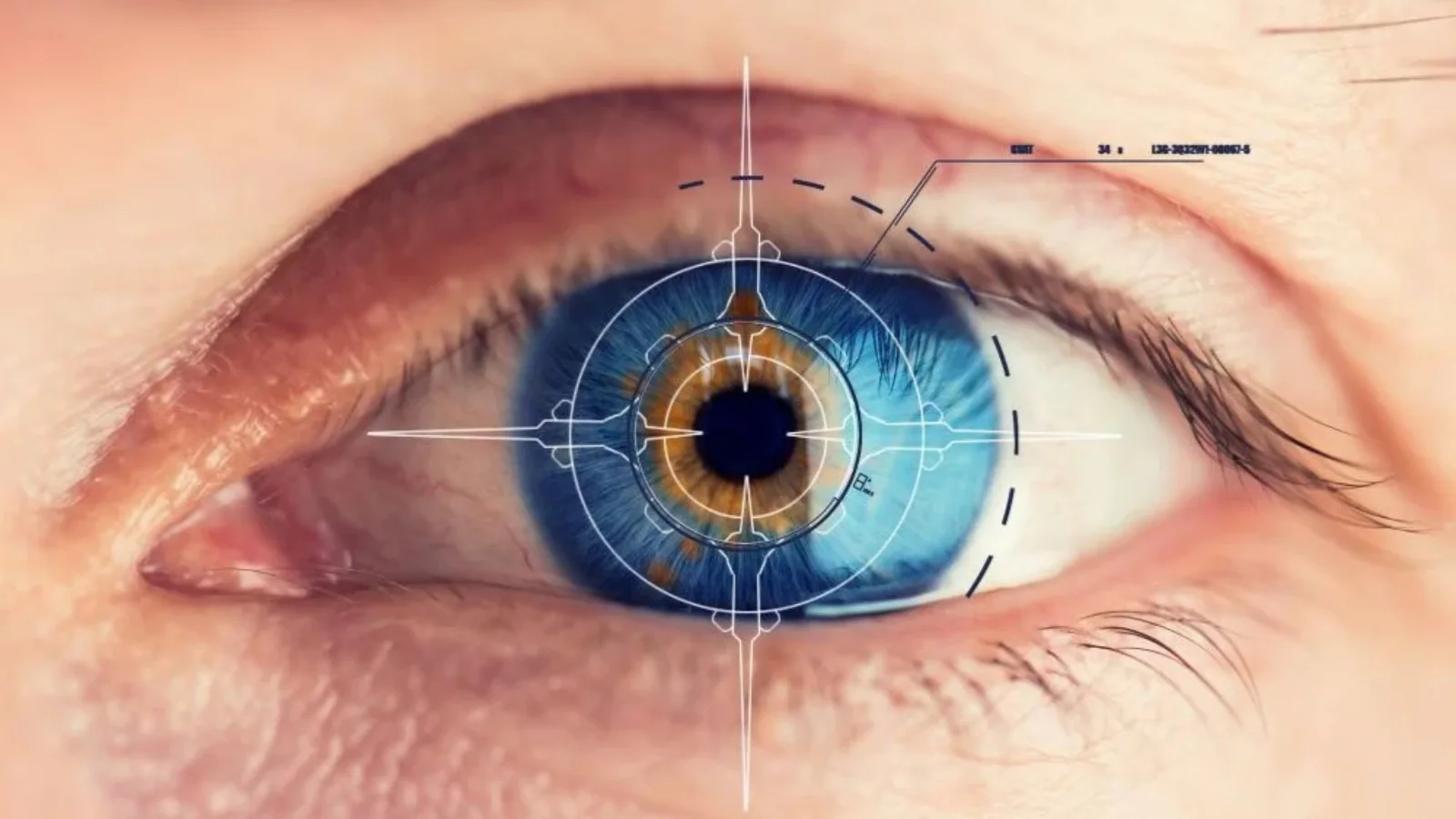Copyright news18

Diabetes is becoming a major health issue in India, and it is increasingly affecting the younger population. According to the ICMR–India Diabetes 2024 study, every sixth diabetic adult in India is under the age of 40. Early onset of the disease is associated with several long-term health risks. One of the most overlooked complications is damage to the retina, a condition medically known as diabetic retinopathy. This occurs when fluctuations in blood sugar levels damage the small blood vessels in the retina, the light-sensitive part of the eye causing bleeding, swelling, or even the formation of abnormal new blood vessels. If left undetected, the condition can progress silently to the point of total vision loss. This is particularly concerning for young diabetics, who, due to the longer duration of their disease, are exposed to the risk for a much longer period. According to Dr. Rohan N. Dedhia, Retina, Cataract and Refractive Surgeon, Ojas Maxivision Eye Hospitals, “The retina is one of the most sensitive and intricate structures in the eye, but sadly, it’s also the one that gets affected by diabetes first. Diabetic retinopathy progresses without any visible symptoms. High blood sugar levels weaken the walls of the tiny vessels supplying the retina, causing damage that is often irreversible. Young diabetics must realize that the earliest retinal changes may remain hidden for years, regular eye check-ups and strict blood sugar control are essential. If we save the retina today, we preserve good vision for tomorrow.” Why Retinal Damage Happens Early For the retina to function properly, it requires a constant supply of oxygen and nutrients. Continuous high glucose levels weaken the retinal walls and block the capillaries, reducing the oxygen supply to the light-sensitive cells. According to the All India Ophthalmological Society (AIOS) 2025, about 12–15% of Indians under 40 with diabetes already show early signs of retinopathy. The damage begins subtly often without noticeable symptoms and by the time vision becomes blurry, much of the harm is already permanent. Modern lifestyle habits add to the risk: irregular meals, processed foods, prolonged screen time, and chronic stress all increase oxidative stress in the retina. Co-existing conditions such as high blood pressure, high cholesterol, and smoking further aggravate retinal vessel damage. Preserving Sight Through Daily Habits Preventing retinal damage primarily requires good blood sugar control and a disciplined lifestyle. Maintaining HbA1c levels below 7%, adhering to prescribed medication, and avoiding sudden spikes in blood glucose can significantly delay complications. Diet plays a major role: green leafy vegetables, citrus fruits, fish, flaxseeds, and walnuts provide antioxidants, omega-3 fats, and vitamins that help repair retinal tissue and protect it from free radicals. Replacing refined carbohydrates with whole grains and millets supports better glucose metabolism and stabilizes sugar levels. Preventive Monitoring Regular physical activity promotes better blood circulation, ensuring oxygen and nutrients reach the retina effectively. Staying hydrated and getting 7–8 hours of quality sleep each night helps reduce vascular strain. Most importantly, annual retinal examinations should begin immediately after a diabetes diagnosis. Early retinal changes can be detected through fundus photography or OCT scans, allowing timely intervention. Treatments such as laser therapy or anti-VEGF injections can halt disease progression and preserve vision. A Call for Early Action For India’s young diabetics, vision care must be an integral part of diabetes management from the start. The retina is often described as a window to overall health, it reflects the body’s response to long-term blood sugar and lifestyle patterns. Diabetic retinopathy doesn’t appear suddenly when vision blurs; it develops quietly through years of neglect. With awareness, proper nutrition, and regular eye check-ups, young diabetics can protect not only their eyesight but also their overall quality of life.



